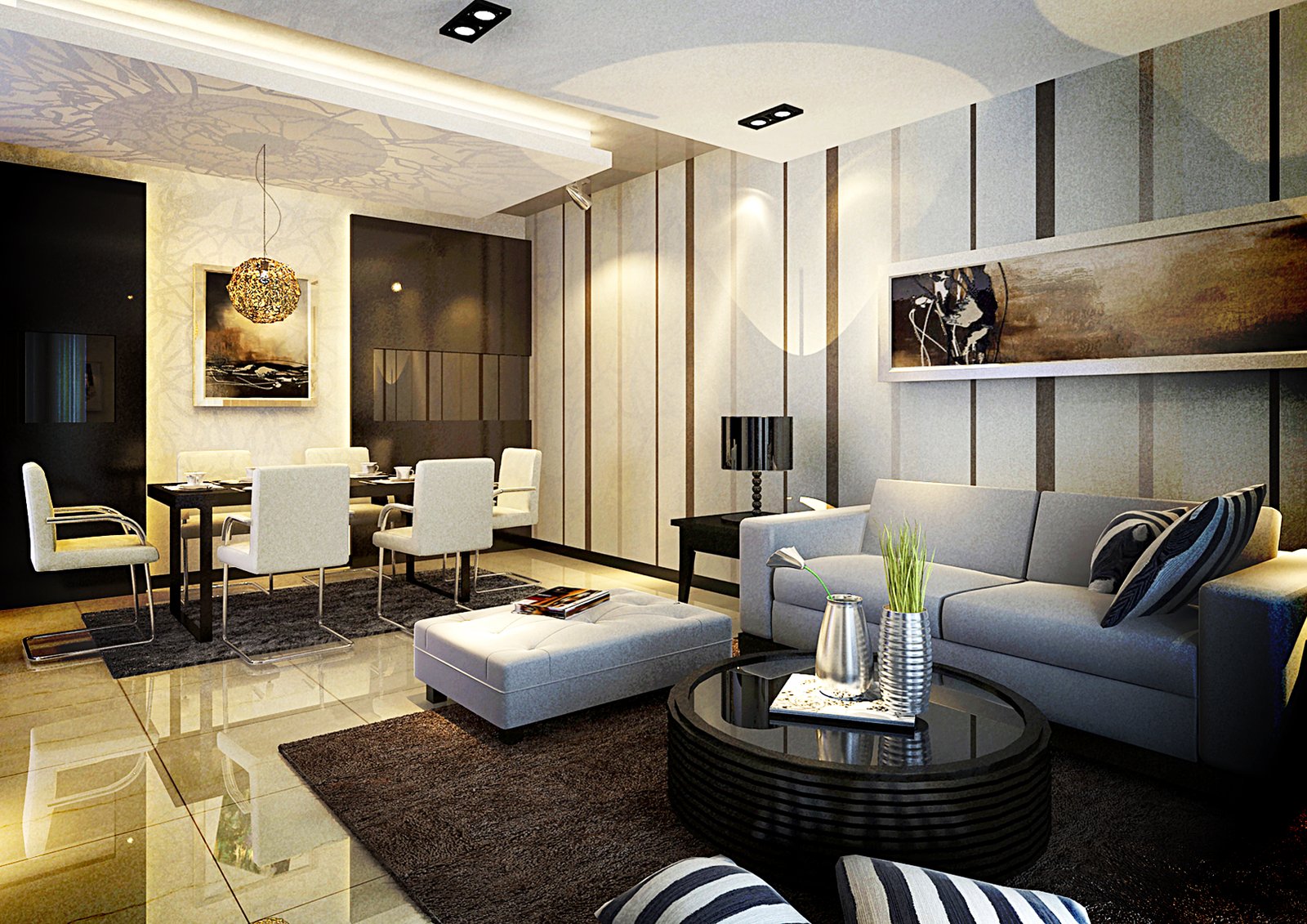Excitement About "10 Simple Tips for Transforming Your Living Room on a Budget"

Combining designs and structures in interior layout can be a difficult task. When carried out right, it can easily include intensity, rate of interest, and individual to a area. But when done wrong, it can lead in a chaotic and turbulent area. Below are some dos and don'ts to assist you blend patterns and structures like a pro.
Do: Start along with a neutral base
Before you begin mixing designs and structures, it's important to have a neutral bottom. This could be a white wall surface or beige sofa. A neutral base will allow the patterns and textures to stand up out without overwhelming the area.
Don't: Go overboard with also many different colors
When mixing patterns and appearances, it's important to catch to a natural different colors combination. Too lots of colours can easily make the space really feel hectic and overwhelming. Catch to two or three colours maximum for greatest outcome.
Do: Blend various scales of patterns
When blending designs, it's vital to differ the scale of each pattern in the space. For instance, pairing small polka dots with large red stripes develops visual passion without being also busy.
Don't: Combine contending designs
Steer clear of combining competing patterns such as florals with plaid or polka dots with red stripes. These combos can easily clash and develop an out of balance look.
Do: Use structure for contrast
Structure is an outstanding means to include contrast when blending patterns in interior style. For instance, pairing hassle-free leather-made office chairs along with a fluffy shag carpet creates an intriguing mix of texture that adds depth to the space.
Don't: Utilize too many glossy areas
While structure is great for adding contrast when mixing designs in indoor design, shiny surface areas ought to be utilized moderately as they can easily develop glow which is not suitable for relaxation rooms like bedrooms or living areas.
Do: Play with corresponding colours
Corresponding colours are those that are contrary each other on the color tire such as blue-orange or yellow-purple. Utilizing these color blends when blending designs are going to make a remarkable and eye-catching look.
Don't: Utilize also lots of strong patterns
Bold designs are excellent for making a claim in interior layout, but also many can easily be mind-boggling. Catch to one or two vibrant patterns and use extra subtle patterns for the remainder of the space.
Do: Mix patterns with identical themes
When mixing designs in interior style, it's necessary to take into consideration the concepts of each design. For instance, pairing blossomy drapes along with a floral print pillow creates a natural look.
Don't: Overuse hectic prints
Hectic prints such as paisley or damask need to be utilized occassionaly when blending patterns in indoor concept. As well several busy prints may develop an out of balance and chaotic appeal.
Do: Layer structures for intensity
Layering structures is an exceptional way to make depth when blending designs in internal style. For example, layering a soft throw covering over a suede sofa adds visual enthusiasm and produces a pleasant environment.
Don't: Make use of as well lots of rough appearances
While layering appearances is wonderful for making depth when mixing designs in interior design, as well lots of rough textures may create the area experience uneasy. I Found This Interesting with softer ones such as plush or cotton.

In conclusion, blending designs and textures is an superb means to incorporate character and rate of interest to your room, but it's important to do it appropriate. By complying with these dos and don'ts of mixing designs and textures in internal style, you'll be able to obtain a logical yet visually interesting look that are going to wow your guests every opportunity they check out your property.
